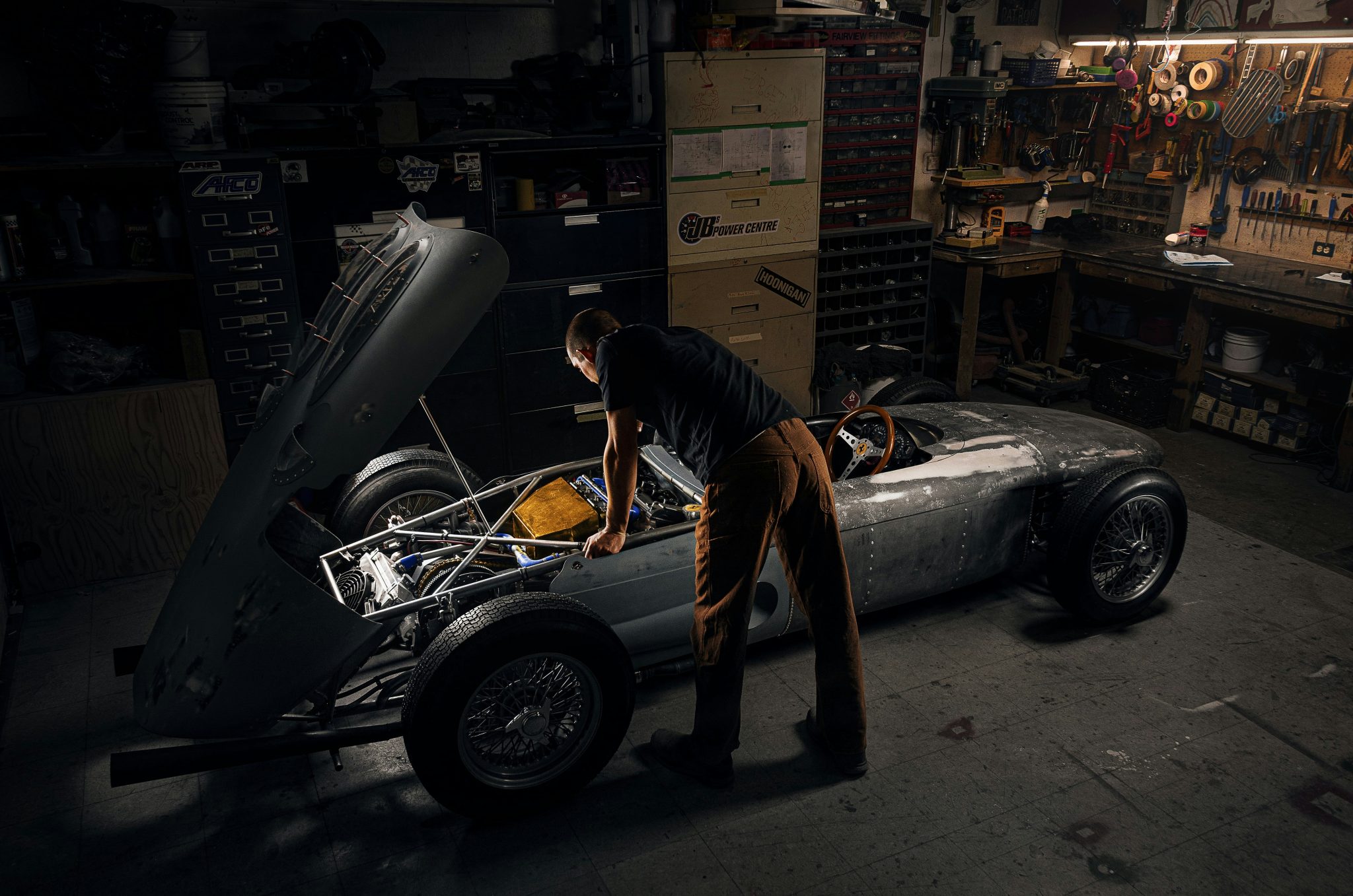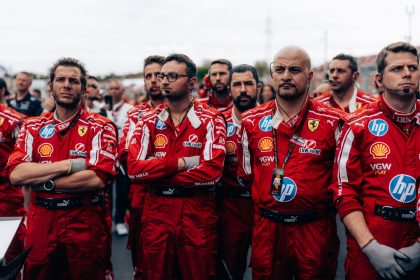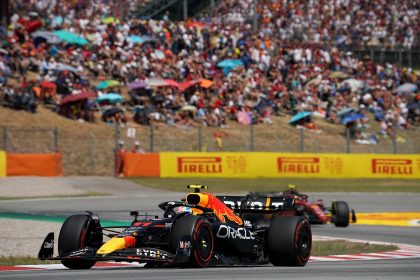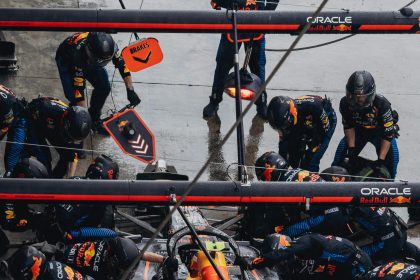Alright, F1 fam, buckle up—because today we’re diving into the wild, emotional, and downright mind-blowing world of Formula 1 crash safety. It’s 2025, and while the cars are faster, the stakes are higher, and the TikTok memes are spicier than ever, one thing remains at the heart of every team’s mission: keeping drivers alive when things go sideways at 300 km/h. If you think F1 is just about speed and glory, wait till you see what goes into making sure a crash is something you can walk away from. Let’s get into the drama, the tech, and the human stories behind the safest F1 cars ever built.
- Crash-Tested, Dad-Approved: Why Safety is the Real Winner in F1
- Monocoque Madness: The Survival Cell Gets Even Stronger
- Crash Structures: The Art of Controlled Destruction
- The Halo: From Meme to Miracle
- Suit Up: Driver Gear Goes Full NASA
- Crash Data: Black Boxes and Biometric Gloves
- Barriers, Run-Offs, and the Trackside Revolution
- 2025: The Year of the Smart Chassis
- From Track to Road: F1 Safety Tech in Your Mom’s SUV
- The Human Side: Why We Keep Pushing
- #fyp
Crash-Tested, Dad-Approved: Why Safety is the Real Winner in F1
Let’s get real for a second. Every time I watch a race with my dad (and yes, I still scream at every overtake), there’s this split-second when a car spins, hits the wall, or goes airborne, and my heart just stops. I’m not alone—every F1 fan, every engineer, every driver’s family feels that gut punch. But here’s the thing: F1 teams don’t just design cars to win—they design them to break, absorb, and protect. In 2025, that philosophy is more advanced (and emotional) than ever.
Remember Romain Grosjean’s fiery crash in Bahrain 2020? Or Zhou Guanyu’s terrifying flip at Silverstone? Those moments changed the game. The survival cell, the halo, the fire-retardant foam—they’re not just tech buzzwords. They’re the reason we still have our heroes on the grid.
The Halo saved my life.
Lewis Hamilton
Monocoque Madness: The Survival Cell Gets Even Stronger
If you’re new here, let me break it down: the survival cell (aka the monocoque) is the carbon-fibre fortress that wraps around the driver. In 2025, it’s basically the Batmobile of racing tech. We’re talking 6mm-thick carbon fibre, layered with Kevlar (yes, the stuff in bulletproof vests), and engineered to absorb insane amounts of energy.
Teams obsess over crash tests—literally smashing prototypes into barriers at FIA labs. If the cell cracks, it’s back to the drawing board. And it’s not just about brute strength. The 2025 monocoque is packed with sensors, wiring, and even a fire suppression system that can be triggered by the driver or remotely by the team. It’s like a spaceship, but with more G-forces and less Elon Musk.
Want to see how this tech evolved? Check out this deep dive:
History of safety devices in Formula 1: The halo, barriers & more (Autosport)
Crash Structures: The Art of Controlled Destruction
Here’s the wild part: F1 cars are designed to break. Not in a “oops, my IKEA shelf collapsed” way, but in a “let’s sacrifice everything except the driver” way. The nose cone, the crash boxes, the rear structure—they’re all engineered to crumple, absorb, and dissipate energy before it reaches the survival cell.
In 2025, the front impact structure (FIS) is a two-stage masterpiece. After a primary hit, it stays attached to the cell, preventing secondary impacts from turning the car into a missile. Side intrusion panels are beefed up with new composite materials, and the rear crash structure is shorter but stronger, thanks to lessons learned from some gnarly shunts in recent years.
F1 cars are built to break apart in a crash, but the survival cell must never fail. That’s the golden rule.
FIA Safety Delegate
The Halo: From Meme to Miracle
Let’s be honest, when the halo was first introduced, everyone (including me) thought it looked like a flip-flop glued to the car. Fast forward to 2025, and it’s the MVP of F1 safety. Made from aerospace-grade titanium, the halo can withstand the weight of a double-decker bus. It’s saved lives—full stop.
Zhou Guanyu’s Silverstone crash? The halo took the hit. Lewis vs. Max at Monza? Halo again. In 2025, the design is even sleeker, with improved aerodynamics and integration into the chassis. No more memes—just gratitude.
For a visual throwback, check out this emotional highlight reel:
5 crucial milestone moments in F1 safety technology | Formula 1®
Suit Up: Driver Gear Goes Full NASA
You think your gym gear is high-tech? F1 drivers in 2025 are basically astronauts. Their suits are made from layers of Nomex, tested to survive 800°C for over 11 seconds. After Grosjean’s hand burns in 2020, new gloves were developed with extra fire protection and biometric sensors that send real-time pulse and oxygen data to race control.
Helmets? Carbon fibre, fireproof, and strong enough to survive a bowling ball dropped from a skyscraper. The HANS device (Head and Neck Support) is now so integrated, drivers barely notice it—until it saves their life in a crash.
Everything from the socks to the zippers are designed to protect drivers from 600 to 800 degrees for more than 11 seconds.
Pure Storage F1 Safety Blog
Crash Data: Black Boxes and Biometric Gloves
Every F1 car in 2025 is a rolling data center. The Accident Data Recorder (ADR) is the sport’s black box, capturing every millisecond of a crash—G-forces, angles, speeds, you name it. This data isn’t just for the engineers; it’s shared with the FIA and medical teams to improve safety protocols and car design.
Biometric gloves, introduced after 2020, are now standard. They transmit the driver’s vital signs in real time, so if something goes wrong, medics know before the car even stops moving. It’s next-level stuff.
Want to geek out on the tech? Here’s a great read:
F1 Safety: How Teams Safeguard Drivers and Data | Pure Storage
Barriers, Run-Offs, and the Trackside Revolution
It’s not just the cars that have leveled up—tracks are safer than ever. Gone are the days of hay bales and concrete walls. In 2025, TechPro barriers and SAFER walls line the circuits, designed to absorb and spread out impact forces. Run-off areas are wider, and gravel traps are back in style to slow cars down before they hit anything solid.
Marshals are better trained, medical cars are faster, and the flag system is more sophisticated. Even weather alerts and animal warnings are part of the safety arsenal. (Yes, there’s a flag for “random squirrel on track.”)
2025: The Year of the Smart Chassis
So what’s new in 2025? This season, teams are pushing the limits of smart materials and AI-driven design. The monocoque is now layered with anti-penetration Kevlar panels, and the minimum car+driver mass has ticked up to 800 kg to accommodate new cooling systems and safety gear. Ballast placement is more precise, ensuring the center of gravity stays optimal for both performance and crash protection.
Suspension systems are smarter, too. Mercedes’ adjustable front wishbone can tweak the anti-dive angle for better stability under braking—a subtle change, but one that keeps the car predictable when things go wrong. Ferrari’s rear suspension geometry tweaks are all about keeping the car stable in a spin.
For the full nerd breakdown, check this out:
2025 Formula 1 Grand Prix Technologies – A Comprehensive … (LinkedIn)
From Track to Road: F1 Safety Tech in Your Mom’s SUV
Here’s the part that blows my mind: all this F1 safety wizardry trickles down to the cars we drive every day. Crumple zones, carbon fibre, advanced seatbelts, even lane-keeping assist—they all started in F1. The relentless push for safety in racing means your next Uber is safer, too.
Want to see how F1 shapes the cars in your driveway?
How F1 Innovations Shape Modern Automotive Design
The Human Side: Why We Keep Pushing
At the end of the day, every crash is a reminder of what’s at stake. I still get chills thinking about the 2007 Brazilian Grand Prix, watching with my dad as Hamilton fought for the title. Or the heartbreak of Jules Bianchi’s accident in 2014—a tragedy that led to the halo’s introduction. Every innovation is written in sweat, tears, and sometimes, loss.
But here’s the hope: in 2025, F1 is the safest it’s ever been. Drivers trust their cars, teams trust their engineers, and fans like me can scream at the TV knowing that, even when things go wrong, the odds are better than ever that our heroes will walk away.
#fyp
Want to go deeper? Here’s your F1 safety rabbit hole:
Stay safe, race hard, and remember: every crash survived is a victory for science, teamwork, and the relentless spirit of Formula 1. See you at the next race, legends! 🏁🔥













